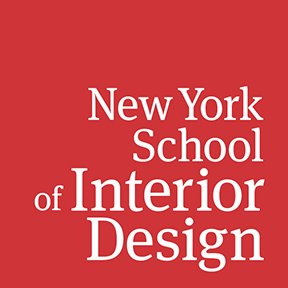Portfolio: Nirali Prajapati '23 (MPSL)
The Office of Academic Affairs awarded Nirali Prajapati ’23 (MPSL) the Chairman’s Award for her overall performance at NYSID. At NYSID, capstone projects are long journeys that challenge students to brainstorm, conduct research, and synthesize all they have learned. The journey ends with a presentation to a jury of faculty and industry professionals. Our students work closely with faculty to create hypothetical designs that offer solutions to real-world problems.
Student: Nirali Prajapati
Project: Dormitory at Buchanan Towers
Program: Master of Professional Studies in Lighting Design
Instructors: AC Hickox and Marty Salzberg
For her thesis, Nirali Prajapati chose Buchanan Towers, a dormitory at a high altitude situated beside the Sehome Hill Arboretum on the campus of Western Washington University. It’s a location bustling with activity that requires lighting for everything from walking and biking paths to cafes and laundry rooms. The challenge was to meet the functional needs of a community while minimizing light pollution and preserving the sanctity of a natural space. “The intent was for the design to be able to minimize light trespass (from inside to outside and outside to inside) without compromising the safety of a student campus,” Prajapati says. “This translated into Dark Sky-friendly lighting, flexibility for personalization in private units, and sustainability and durability becoming the basis for the lighting design approach.” The project complied with the Model Lighting Ordinance jointly created by the International Dark-Sky Association and the Illuminating Engineering Society in June 2011. Prajapati’s Dark Sky-friendly lighting strategy was to ensure there would be no upward lighting component in any exterior fixture, to minimize glare from exterior to interior, to prevent light trespass beyond the site, and to add controls for dimming after curfew time. She specified a continuous linear light in the passage to the units only after she did a sectional study to determine there wouldn’t be a direct view into the fixture from the outside, thus mitigating glare in the exterior due to interior lighting. The lighting design proposal also adheres to the 2020 NYCECC, the energy code adopted by New York City for all construction. Prajapati knew her end-user would need various levels of light for studying and socializing in residential units, so she built in the flexibility to personalize light. She made provisions for task lights and secondary layers of light like table lights, floor lights and LED string lights. In using light sparingly and intentionally, she preserved the darkness outdoors, “a necessity for all life on Earth,” she says.
